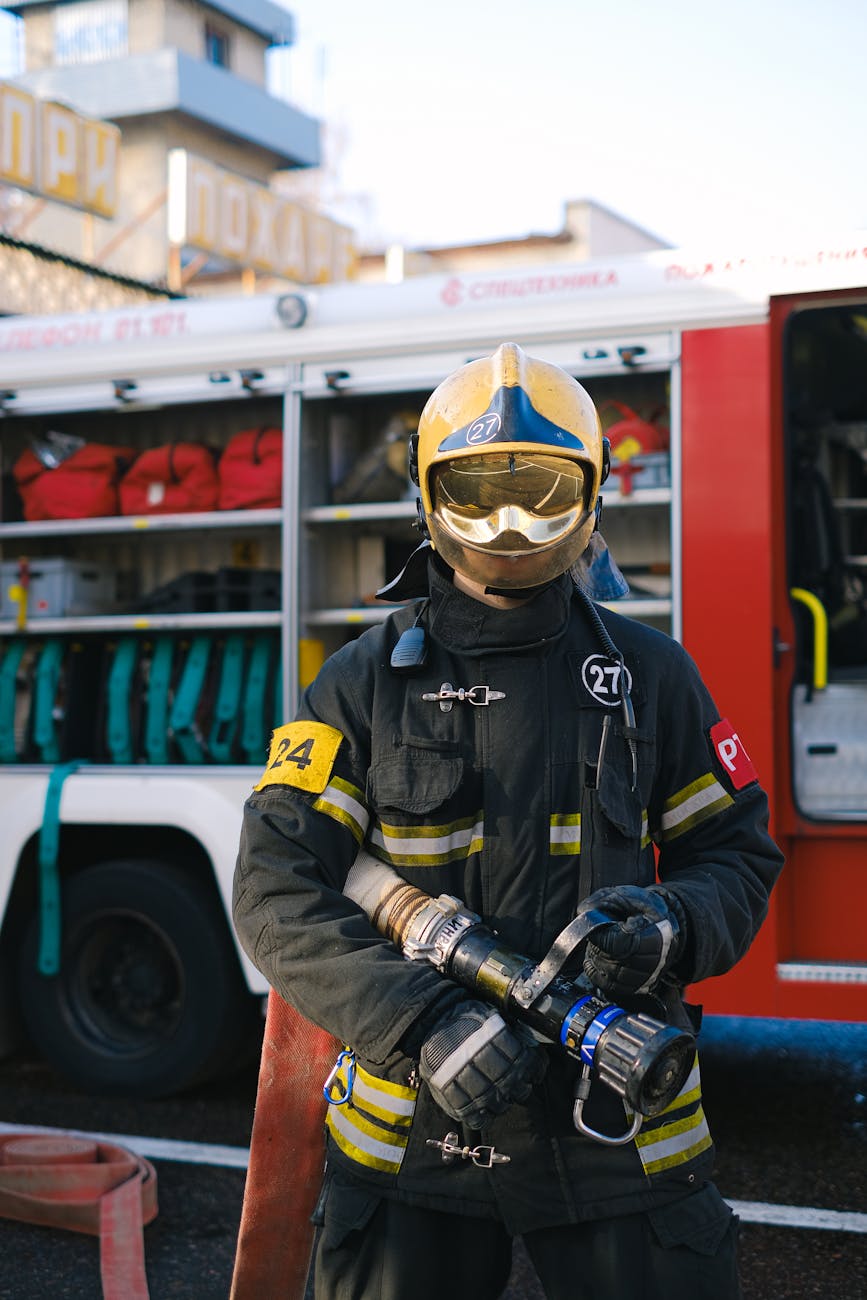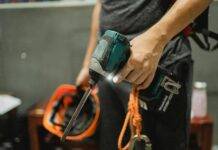
5 Mock Drill Scenarios to Test Workplace Safety
Mock drills are essential for preparing employees to handle emergencies effectively. Below are five realistic scenarios to test workplace safety protocols:
1. Fire Emergency Evacuation Drill
Scenario Explanation:
A fire breaks out in the office kitchen due to an electrical short circuit. Smoke spreads rapidly, triggering the fire alarm.
Objectives:
- Test the efficiency of fire alarms and emergency exits.
- Evaluate employee response time and evacuation procedures.
- Ensure designated fire wardens guide staff safely.
Steps to Conduct:
- Simulate smoke using a fog machine (if safe).
- Activate the fire alarm.
- Observe if employees follow evacuation routes.
- Check assembly point accountability.
- Debrief on improvements needed.
2. Medical Emergency (Cardiac Arrest) Drill
Scenario Explanation:
An employee collapses in the workspace, showing signs of a heart attack.
Objectives:
- Test first-aid response and availability of medical kits.
- Assess if employees know CPR/AED usage.
- Evaluate emergency contact procedures.
Steps to Conduct:
- Use a mannequin or role-playing volunteer.
- Observe who calls for help and who retrieves the AED.
- Check if designated first-aiders respond promptly.
- Review response time and correctness of CPR steps.
3. Gas Leak Emergency Drill
Scenario Explanation:
A strong smell of gas is detected in the office due to a suspected leak from a faulty pipeline or kitchen appliance.
Objectives:
- Test employees’ ability to identify and respond to gas leaks.
- Evaluate evacuation procedures without triggering sparks (no alarms).
- Ensure proper reporting to emergency services.
Steps to Conduct:
- Use a harmless odorant (like scented vapor) to simulate a gas leak.
- Observe if employees recognize the hazard and avoid electrical switches.
- Check if evacuation is done calmly without alarms (to prevent ignition risks).
- Verify if the safety team shuts off the gas supply (if applicable).
- Debrief on response effectiveness and awareness.
4. Chemical Spill Hazard Drill
Scenario Explanation:
A hazardous chemical spills in the lab/warehouse, risking exposure.
Objectives:
- Test spill containment and cleanup procedures.
- Ensure proper use of PPE (gloves, masks, goggles).
- Evaluate emergency shower/eye-wash station accessibility.
Steps to Conduct:
- Simulate a spill (use water with food coloring for safety).
- Observe if employees alert the safety team.
- Check if spill kits are used correctly.
- Review evacuation and decontamination steps.
5. Suspended Worker Rescue Drill
Scenario Explanation:
A worker using a fall arrest system has fallen from height and is now suspended in their harness, requiring immediate rescue to prevent suspension trauma.
Objectives:
- Test emergency response for a fallen but suspended worker
- Evaluate rescue team’s ability to perform retrieval procedures
- Assess worker’s knowledge of suspension trauma prevention techniques
Steps to Conduct:
- Simulate a Fall: Have a trained volunteer “fall” while properly harnessed in a controlled environment.
- Observation Points:
- How quickly co-workers recognize and report the incident
- Whether the suspended worker uses proper leg movements to combat suspension trauma
- Response time of the rescue team
- Rescue Execution:
- Test both self-rescue (if possible) and assisted rescue methods
- Verify proper use of rescue equipment (descent devices, ladders, or MEWPs)
- First Aid Integration:
- Simulate post-rescue medical evaluation for potential injuries
- Debrief:
- Review communication effectiveness during the emergency
- Evaluate equipment functionality
- Identify any delays in rescue procedures
Why This Drill Matters:
- Suspension in a harness for >5 minutes can be life-threatening
- Many workplaces lack trained rescue teams for at-height emergencies
- OSHA requires prompt rescue capability for fall protection systems
Conclusion:
Regular mock drills ensure employees remain prepared for real emergencies. Post-drill evaluations help refine safety protocols, reducing risks in actual crises. Conduct these drills quarterly for optimal readiness.
25 Most Common Workplace Hazards & How to Avoid Them
Why Workplace Safety is Crucial: Top 10 Reasons
10 Workplace Safety Rules That Will Keep Your Job Safe
























